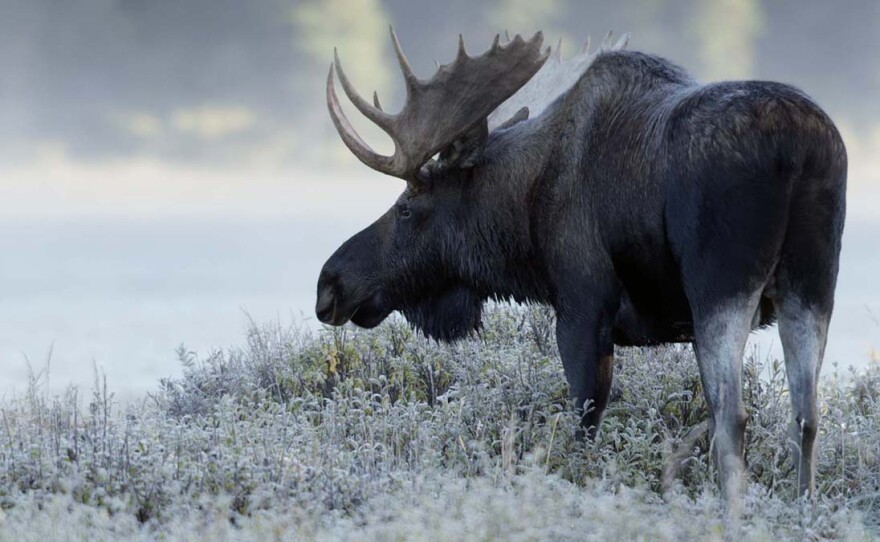Stream now with KPBS+ / Watch Sunday, Dec. 14, 2025 at 8 p.m. on KPBS 2 + Thursday, Dec. 18 at 7 p.m. on KPBS 2.
Canada is a vast country, with the largest intact forest on the planet, more than two million lakes and rivers, and the longest coastline on Earth. This wild and rugged outpost is home to some of the world’s most astonishing wildlife such as polar bears, arctic foxes, coastal wolves, Canada lynx, great grey owls and caribou.
Journey from the high arctic and tundra to the boreal forests, to discover how life manages to survive in the Wild North, where getting the timing right and seizing seasonal opportunities can make the difference between life and death.
Featured Creatures:
- Polar bears
- Beluga whales
- Arctic foxes
- Snow geese
- Mud shrimp
- Sandpipers
- Peregrine falcons
- Sea otters
- Black bears
- Salmon
- Canada lynx
- Snowshoe hares
- Snow voles
- Great Grey owl
- Flying squirrels
- Wolves
- Caribou
- Harp seals
Buzzworthy Moments:
- In the summer, polar bears lose more than two pounds of fat every day. Luckily, beluga whales arrive on the Arctic Circle to raise their young in the warm shallow waters of the estuary. In the open water the belugas are impossible to catch, but one clever polar bear male waits on a rock for the tides to rise and for the belugas to come closer to shore.
- In the mudflats of the Bay of Fundy, mud shrimps emerge to the surface to mate in late summer. But the pursuit of the opposite sex leaves them exposed to a migratory onslaught of more than 200,000 sandpipers. This flock of birds then brings an even bigger predator – the peregrine falcon, one of the fastest creatures on Earth.
- In the snowy winter, the red-backed vole uses a network of tunnels to find food, such as bark, seeds and berries. However, he has to escape the attention of weasels and one of its deadliest predators, a Great Grey owl.
Noteworthy Facts:
- Canada covers 4 million square miles of North America. It has the largest intact forest on Earth and more than 2 million rivers, lakes and streams.
- Canada has the longest coastline of any country on Earth, covering more than 150,000 miles. Nova Scotia, on the country’s east coast, has the most extreme tides on Earth.
- The Great Grey owl is the largest of its kind in the world. The circle of feathers around its face directs the faintest sounds to its ears, making it a deadly hunter.
Watch On Your Schedule: This film is available to stream with KPBS+, a new free streaming video app designed for ease and enjoyment everywhere you watch including Roku, smart TVs and mobile devices. It’s locally curated for San Diego by the KPBS programming team. With a clean and intuitive design, discovering and enjoying KPBS and PBS content on-demand has never been easier.
You can also tune in live to watch our four TV channels in real time: KPBS, KPBS 2, Create, KPBS Kids 24/7. We also added a new channel - FNX (First Nation Experience). Your KPBS Passport member benefit works on KPBS+ too! You’ll have access to even more great shows when you simply log in with your KPBS Passport account.
Credits: A production of The WNET Group, Terra Mater Studios, Brian Leith Productions, Impala Pictures and River Road Films. The documentary is written and produced by Patrick Morris and Verity White. John Christian Bateman is narrator. NATURE is a production of The WNET Group. Fred Kaufman is Executive Producer. Bill Murphy is Series Producer and Janet Hess is series editor.













